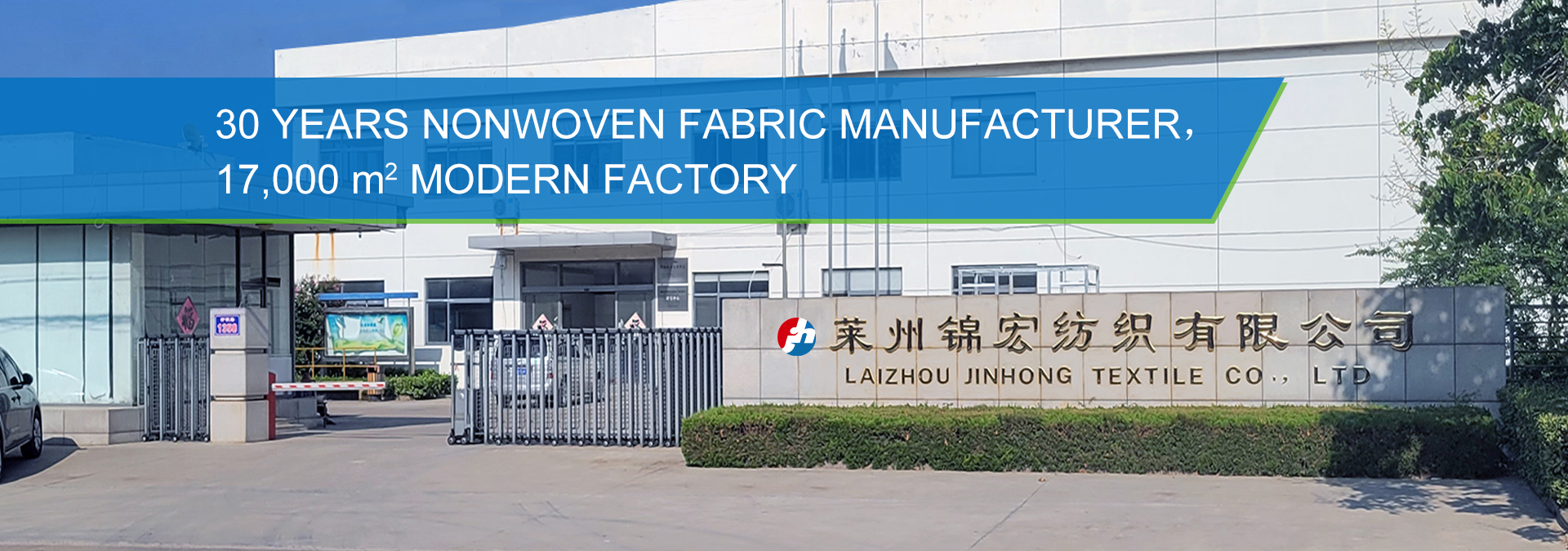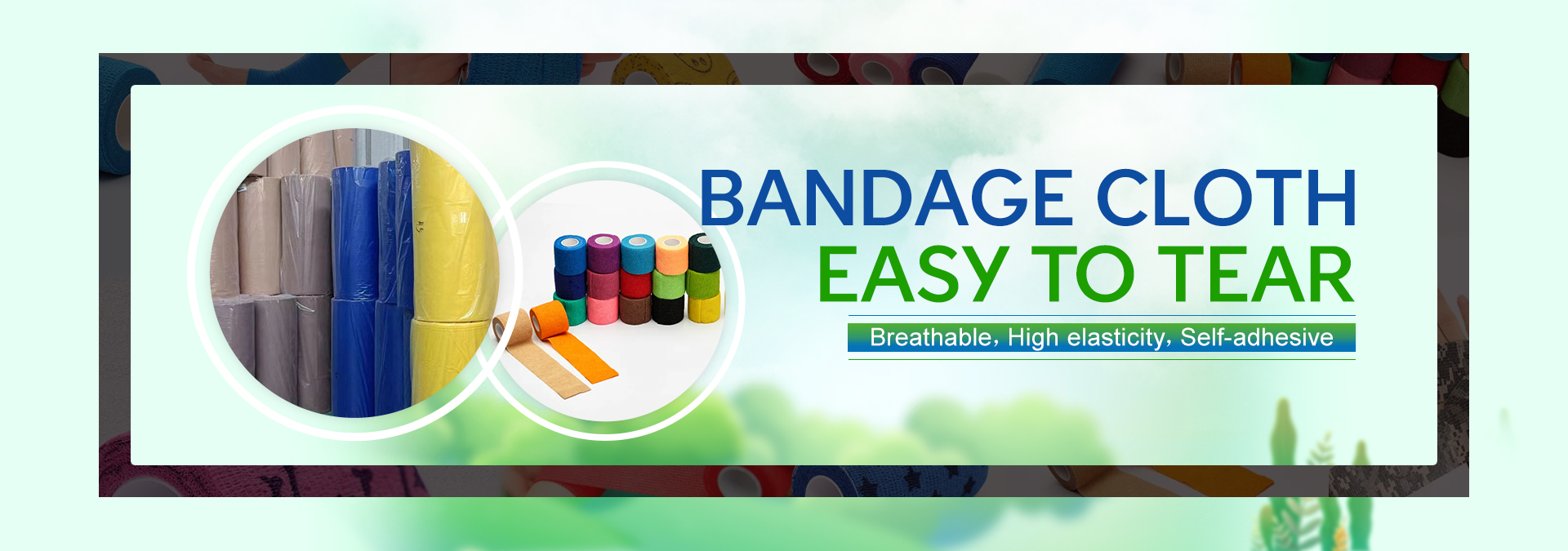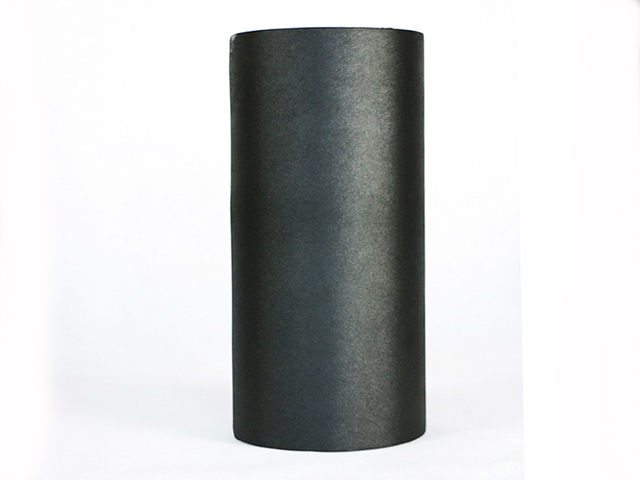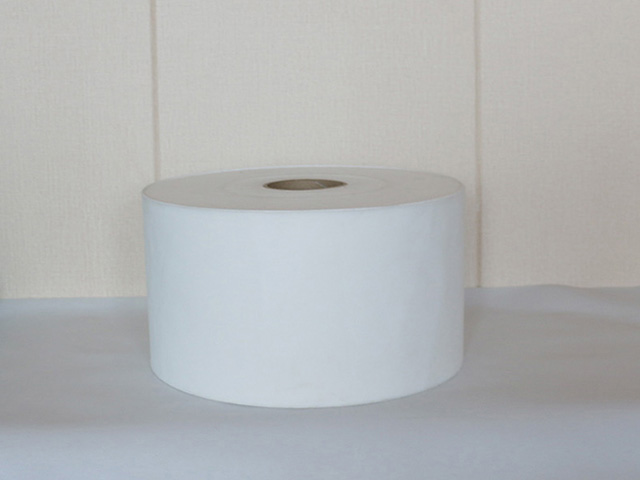Non woven fabric is the core filter material of mask, which is mainly determined by the filtration mechanism of melt blown filter material, mainly divided into mechanical barrier and electrostatic adsorption.
1. Mechanical barrier
Mechanical barrier has the following situations:
a. The droplets with particle size greater than 5um in the air can be blocked by the filter material.
b. When the diameter of micro dust is less than 3um, the micro dust is mechanically intercepted by the fiber layer of the curved channel in the mask filter material.
c. When the particle size and air velocity are large, the particles are trapped due to inertia collision with the fiber. When the particle size is small and the air velocity is low, the particles are trapped due to Brownian motion collision with the fiber.
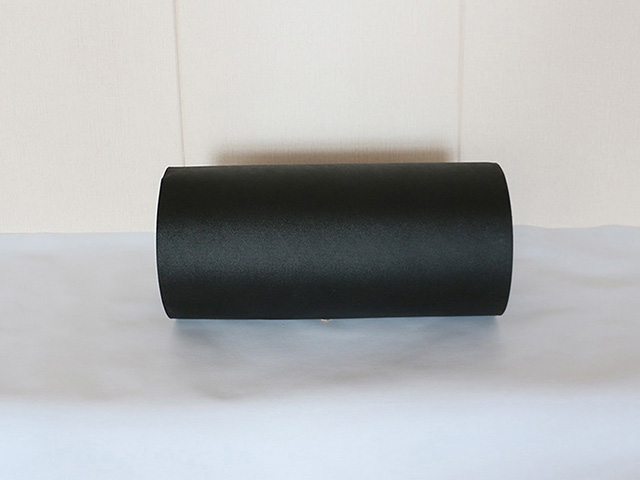
2. Electrostatic adsorption
In the production process of melt blown cloth, electret treatment is usually used to make the non-woven belt more static and have electrostatic adsorption. Electrostatic adsorption refers to the capture of dust bacteria virus by Coulomb force of charged fiber when the fiber of filter material is charged。
There are two ways to improve the charge storage capacity of Electret Materials
a. By improving the crystallinity and mechanical deformation of the material, the structure of the material changes, forming a thin hole channel to prevent the charge drift.
b. By introducing additives with charge storage properties, charge traps are generated to capture charge.
3. Electret treatment
The key to improve the filtering efficiency of masks lies in the electrostatic storage of melt blown non-woven fabrics. Under the current mask circulation speed, the electrostatic attenuation is not enough (for example, half a month after leaving the factory), while normal medical masks are valid for six months, while some masks in Japan are valid for three years.

